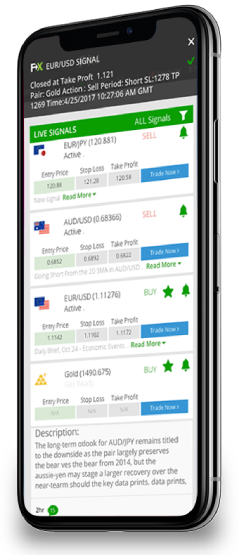
U.S. Home Sales Spike, USD Index Falls
2019 ended with a bang for the American real estate market. The rate of change for Existing Home Sales (MoM, Dec.) shattered expectations, tripling consensus estimates. On the other hand, the 17 January MBA Mortgage Applications figure was dismal, indicating a winter lull. However, for now it appears as though low FED interest rates are boosting U.S. housing.
Here is a quick look at today’s key metrics from the U.S. real estate sector:
Event Actual Projections Previous
MBA Mortgage Applications (Jan. 17) -1.2% NA 30.2%
Housing Price Index (MoM, Nov.) 0.2% 0.2% 0.2%
Existing Home Sales Change (MoM, Dec.) 3.6% 1.2% -1.7%
In the aggregate, U.S. Existing Home Sales (Dec.) came in at 5.54 million, the highest in nearly two years. Prices remained static, even though inventories are at near-two decade lows. All in all, the numbers were a positive signal facing both consumer confidence and low unemployment.
Home Sales Can’t Boost The USD Index
For the second straight session, the March USD Index is showing bearish tendencies. Nonetheless, rates are still above yearly highs and the all-important 97.000 psychological level. At this juncture, a bullish bias is warranted until we see daily downside support violated.
++1_22_2020.jpg)
Overview: Today’s Existing Home Sales report came as a welcomed sight for equities bulls. The strong numbers suggest a healthy U.S. economy and readily available credit. Conversely, the report did little for the USD. At this point, it appears that currency players are in wait-and-see mode until next Wednesday’s FOMC Press Conference.









